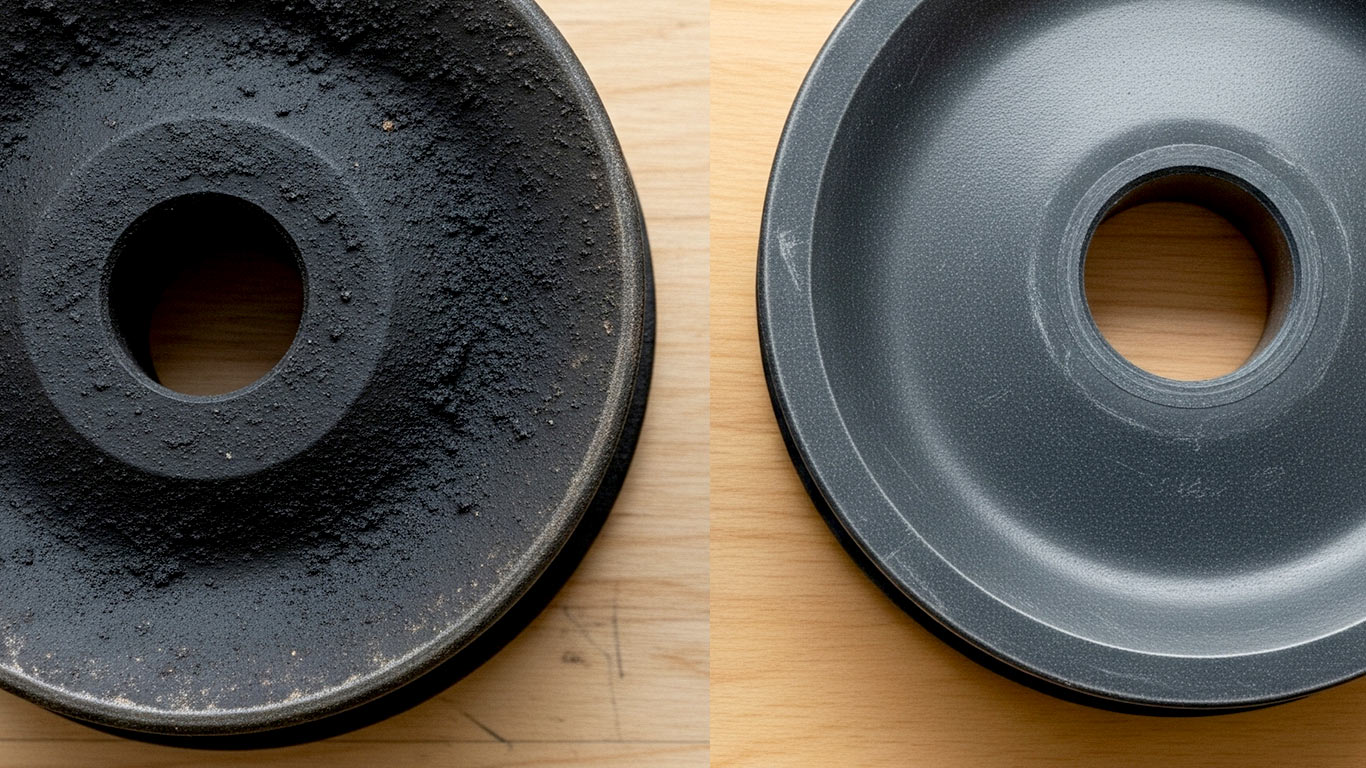
FDA
FDA 21 CFR 1040.10 - Laser Product Performance Standards



Phenolic resin composites excel with their outstanding heat resistance, preserving structural integrity under severe thermal exposure—unlike most other fiber-reinforced materials
Under 1000x magnification, the contaminated surface reveals dense clusters of debris scattered across the rough texture. Dark residues coat the fibers, dulling their outlines and creating uneven patches. The overall material looks marred and obscured by this buildup.
After laser treatment, 1000x magnification exposes a uniform surface with all debris removed. Clean fibers emerge with sharp edges fully restored and visible. The material now appears smooth and bright overall.

FDA 21 CFR 1040.10 - Laser Product Performance Standards

ANSI Z136.1 - Safe Use of Lasers

IEC 60825 - Safety of Laser Products

OSHA 29 CFR 1926.95 - Personal Protective Equipment
License: Creative Commons BY 4.0 • Free to use with attribution •Learn more